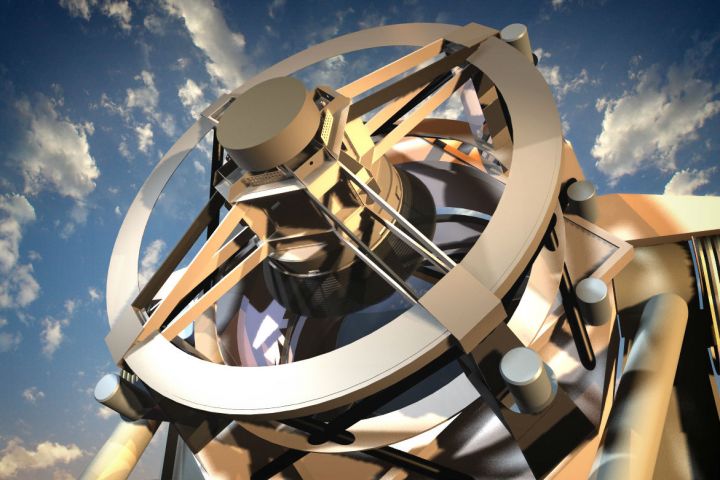
The LSST camera is among the largest image capturing devices ever built. When assembled, it will be the size of a small car and will weigh more than 3 tons. It has an effective resolution of 3.2-gigapxels, which is such a high-resolution that it will require 1500 high-resolution televisions to display just a single image. Unlike previous gigapixel images that were stitched together, the LSST’s camera can snap this high-resolution photo in a single shot. The camera also will be equipped with a filter-changing mechanism and shutter that allows it to view wavelengths of light from near-ultraviolet to near-infrared (0.3-1 μm) wavelengths.
Using this gargantuan camera, the LSST will detect billions of celestial objects over a ten-year period, producing a photo archive of approximately 6 million gigabytes per year. It also will be used to generate movies of the sky like we’ve never seen before. Researchers will use this data to study the formation of galaxies, track asteroids, and further our knowledge of dark energy, which comprises a significant portion of the universe and is still very much a mystery.
The building phase of the camera recently received approval from the DOE, and construction of the camera components will begin soon. An international team universities and labs, including DOE’s Brookhaven National Laboratory, Lawrence Livermore National Laboratory, and the SLAC National Accelerator Laboratory, will be involved in the building process. Researchers at SLAC will oversee the construction, assembly and testing of the camera, a process that will take approximately five years.




